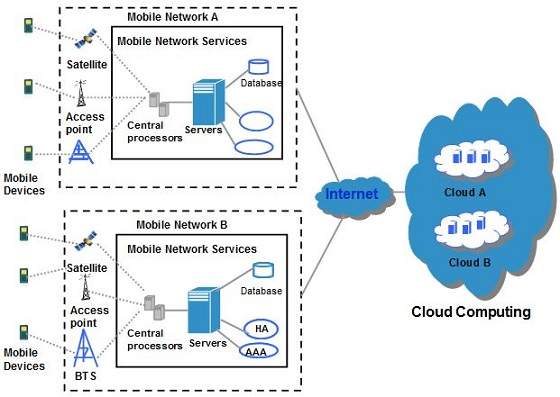Data model is a collection of tools for describing data, data relationship and consistency constraints. It is used to describe the structure of a database, basic operations for specifying retrievals and updates on the database.
Data model is a type of data abstraction. 3 levels of data abstraction are as follows.
i) Physical level : It is also called internal or low level data model. It describes about how data is actually stored in the database.
ii) Logical level : Next higher level is the logical level which describes about what data are stored and its relationship.
iii) View level : It is the highest level and describes about multiple views of data.
Many data models have been proposed.
Categories of data model:
1) Object based logical models
2) Record based logical models
3) Physical models
1. Object based logical models
1. Object based logical models
It is used in describing data at the logical and view levels. There are many different models. Some of them are:
i) Entity-relationship model
ii) Object-oriented model
iii) Semantic data model
iv) Functional data model
i) Entity-relationship model:
The entity relationship (ER) data model is based on a perception of a real world that consists of a collection of basic objects, called entities, and of relationships among these objects.
Fig. A sample E-R diagram
ii) Object oriented model
The object oriented model is based on a collection of object. An object contains values stored in instance variables within the object. An object also contains bodies of code that operate on the object. These bodies of code are called methods. Objects that contain the same types of values and the same methods are grouped together into classes.
iii) Semantic data models
It is similar to E-R modeling. It is also called object modeling. It also supports entity, which has properties and relationship.
iv) Functional data model
It is based on functions instead of relations. The functional approach shares certain ideas with object approach. It addresses object, which are functionally related to other.

No comments:
Post a Comment